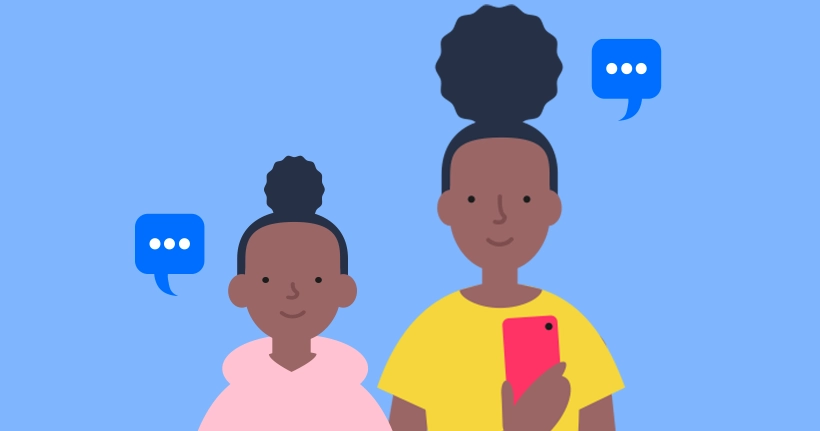Too much screen time
As children grow, more of them report feeling like they experience too much screen time. It is what they most report experiencing at this age and nearly 3/4 of parents worry about it.
You can set time limits for devices and apps to help encourage regular breaks. Additionally, helping them use their screens in meaningful ways — such as for creating or learning — can help their time online feel more meaningful.
In-game spending
In-game spending is the second-highest experienced online harm children at this age. However, while the experience of this harm increases with age, parents are less worried than with younger children.
Set or review purchase settings in apps, games and online stores (such as Google Play), and talk to your child about why they’re important.
Viewing violent content
Viewing violent content is the online harm third-most experienced by 8-10-year-olds. It can include content they find themselves or that others send to them.
Set parental controls and restrictions to limit the content your child might see in videos, games and on websites. Also, talk to them about why some content is not appropriate and what to do if they see something violent online.

